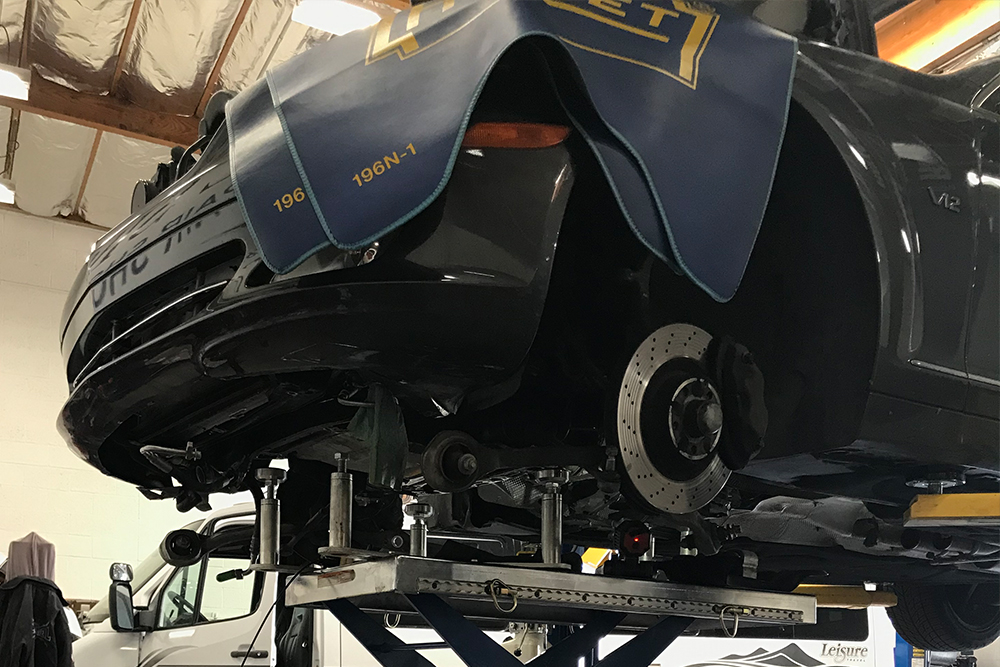Maintaining the proper tire pressure in your Volkswagen is crucial for ensuring a safe and smooth driving experience. Low tire pressure can not only impact your vehicle’s handling and fuel efficiency but also pose a safety risk. In this article, we will discuss how you can tell if your Volkswagen’s tire pressure is too low, especially in Glendale, Arizona, where extreme temperatures can affect tire pressure.
Why Is Tire Pressure Important?
- Optimal Performance: Proper tire pressure ensures better traction, handling, and overall performance of your Volkswagen.
- Safety: Underinflated tires are more prone to blowouts, especially during hot weather conditions.
- Fuel Efficiency: Incorrect tire pressure can lead to increased rolling resistance, causing higher fuel consumption.
Signs of Low Tire Pressure
1. Visual Inspection
Check for the following visual cues that may indicate low tire pressure:
- Flattened bottom of the tire.
- Visible bulging or sagging of the tire sidewalls.
- Uneven tire wear, especially on the edges.
2. TPMS Warning Light
Most modern Volkswagen vehicles are equipped with a Tire Pressure Monitoring System (TPMS) that alerts you when tire pressure is low. If you see the TPMS warning light illuminated on your dashboard, it’s time to check your tire pressure.
3. Handling Issues
Low tire pressure can lead to poor handling characteristics, such as:
- Increased stopping distances.
- Difficulty steering.
- Sluggish acceleration.
If you notice any sudden changes in your Volkswagen’s handling, low tire pressure could be the culprit.
4. Fuel Efficiency
A drop in fuel efficiency, especially if accompanied by other signs mentioned above, could indicate low tire pressure. Underinflated tires require more energy to roll, leading to increased fuel consumption.
5. Temperature Fluctuations in Glendale, Arizona
In Glendale, Arizona, where temperatures can soar during the summer months, tire pressure tends to fluctuate more frequently. Hot weather causes the air inside your tires to expand, potentially leading to overinflation. Conversely, cooler temperatures can cause tire pressure to drop.
How to Check and Maintain Proper Tire Pressure
Follow these steps to ensure your Volkswagen’s tire pressure is at the recommended level:
- Use a Tire Pressure Gauge: Purchase a reliable tire pressure gauge to check the pressure in each tire regularly.
- Refer to Your Owner’s Manual: The recommended tire pressure for your Volkswagen can usually be found in the owner’s manual or on a sticker inside the driver’s door jamb.
- Check Tire Pressure When Cold: Measure tire pressure when the tires are cold, as driving heats up the tires and can give false readings.
- Inflate or Deflate as Needed: Use an air compressor to add air if pressure is low or release air if pressure is too high.
- Monitor Tire Pressure: Check your Volkswagen’s tire pressure at least once a month to ensure optimal performance and safety.
By staying vigilant and proactive about monitoring your Volkswagen’s tire pressure, especially in the challenging climate of Glendale, Arizona, you can maintain a safe and efficient driving experience.
European Vehicles We Service
Final Thoughts
Ensuring the proper tire pressure in your Volkswagen is not only crucial for your safety but also impacts your vehicle’s performance and fuel efficiency. By being aware of the signs of low tire pressure and following the tips mentioned above, you can keep your Volkswagen running smoothly on the roads of Glendale, Arizona. Remember, when in doubt, always consult with a professional at The Benz Shop for expert advice on tire maintenance and safety.

